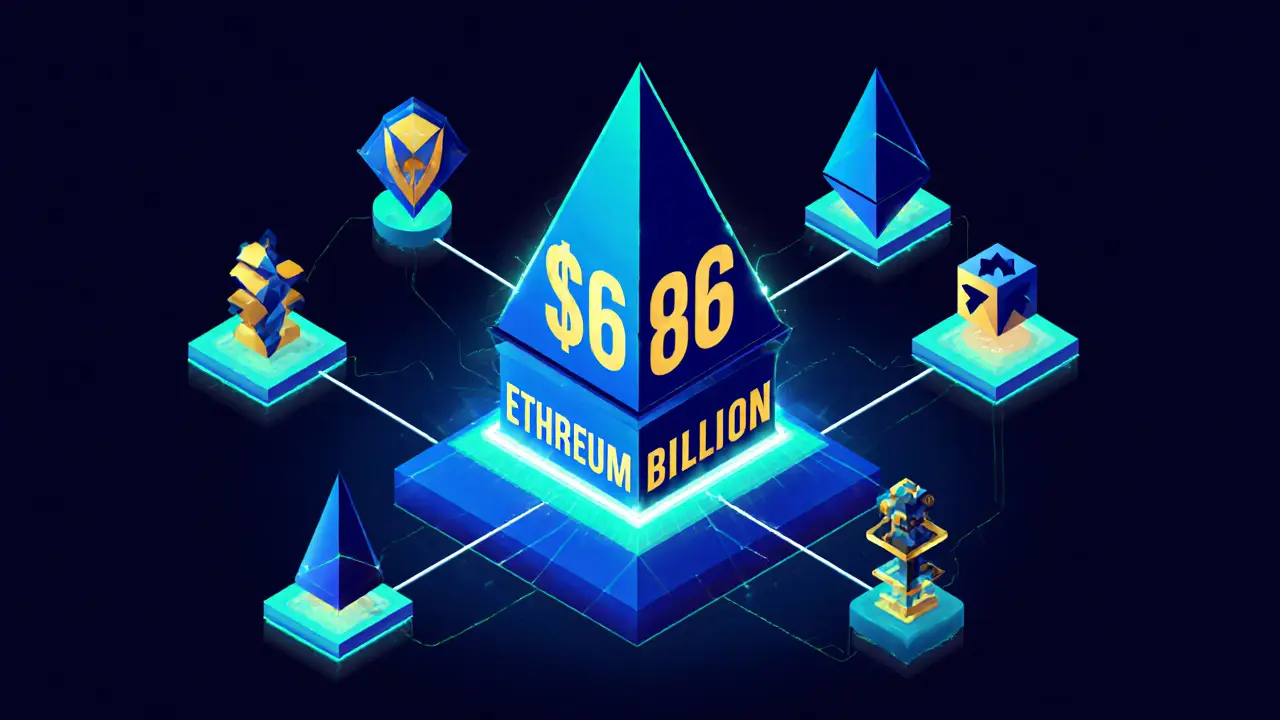MakerDAO: The Decentralized Finance Protocol Powering DAI and Smart Contracts
When you hear about MakerDAO, a decentralized autonomous organization that issues and manages the DAI stablecoin through smart contracts on Ethereum. It's not a company, not a bank, and not controlled by any single person—it’s code running on the blockchain, governed by thousands of token holders. MakerDAO lets people lock up crypto like ETH as collateral to borrow DAI, a stablecoin pegged to the US dollar. This system removes middlemen and keeps value stable even when markets crash. It’s one of the oldest and most trusted protocols in DeFi, and it’s been running since 2017 without a single major exploit.
MakerDAO works because of DAI, a decentralized stablecoin backed by overcollateralized assets and maintained by automated systems, and collateralized debt positions, user-managed smart contracts that lock crypto to generate DAI loans. If ETH drops in value, the system automatically triggers liquidations to protect DAI’s peg. No one decides when to sell—algorithms do. That’s why it’s different from centralized stablecoins like USDT or USDC. MakerDAO doesn’t hold bank accounts or rely on auditors. It’s trustless, transparent, and open to anyone with internet access.
But it’s not perfect. The system needs constant oversight from MKR token holders who vote on changes like interest rates, collateral types, and risk limits. That’s why you’ll see posts here about governance debates, liquidation risks, and new asset types being added to the system. You’ll also find deep dives into how DAI is used across DeFi apps, why some traders prefer it over fiat-backed coins, and how users get burned when they don’t understand collateral ratios. There are no guarantees in DeFi, but MakerDAO is one of the few protocols that’s stood the test of time—and that’s why it’s still the gold standard.
What you’ll find below isn’t just theory. It’s real-world stories: people who lost funds because they didn’t monitor their collateral, others who made smart moves using DAI to hedge against volatility, and cases where MakerDAO’s rules clashed with real-world regulations. Whether you’re trying to borrow DAI, stake MKR, or just understand why it matters, the posts here cut through the noise and show you what actually happens when you interact with this system.
Top DeFi Protocols by Total Value Locked in 2025
Discover the top DeFi protocols by Total Value Locked (TVL) in 2025, including Lido, Aave, MakerDAO, Uniswap, and Curve Finance. Learn what TVL really means, where the money is, and how to avoid common pitfalls.
learn more